Winter Underwear - Arctic / Antarctic, Base Layers, Thermal Clothing
The base or foundation layer is worn next to the skin, for cold climates this is "thermal" underwear
![]() This is the UK page |
US page
This is the UK page |
US page
![]() |
Australia / NZ page
|
Australia / NZ page
![]()
The layer of clothing next to the skin has two jobs to do, the obvious one of keeping you warm and then the equally important but less obvious one of removing perspiration from the skin so it doesn't cause chilling later on.
In cold temperatures perspiration can be just as much of an issue as in a warmer climate. The skin loses moisture at all times during exertion or not. If there are insulating layers keeping you warm, it is more difficult for this perspiration to escape. If not removed it will result in the wearer becoming uncomfortable with a feeling of clamminess as well as lowering the efficiency of the insulating layers.
Underwear able to wick this moisture away from the skin surface therefore becomes much more important. Modern "thermals" are made of natural merino wool or synthetic fibers that have good insulating properties and are also able to efficiently wick moisture away from the skin. The golden rule is avoid cotton except in some very specific situations.
Weight / thickness
Lightweight - approx. 170 gm2
Midweight - approx. 250 gm2
Heavyweight
- approx. 400 gm2
Base layers come in a range of weights usually described as light, mid and heavy. The one to go for depends on a number of factors, your anticipated activity level, the external temperature and how keenly you feel the cold. Heavier weight materials will be more bulky and need looser fitting over-layers.
Merino Wool Base Layers
This has become the gold standard material for the
foundation layer, as you may suspect from this, it
is not the budget option but it does deliver on performance.
It is simply the wool of the merino sheep, a particularly soft
and fine natural product. Merino wool garments deliver significant
warmth with light weight, they are very good at wicking sweat
away from the skin surface and so are particularly effective
in use during exertion. They are also odor resistant and so
can be worn for extended periods without changing or washing
while still making you someone that others still want to be
near.
Men's
merino base layers |
Women's
merino base layers
Brands:
Icebreaker
| Mountain
Warehouse
Synthetic Base Layers
A range of materials, polyester and polypropylene are commonly found as are proprietary versions (brand names) of generic fabrics. If I made my own I could take a form of brushed polyester (say) and call it CoolAntarcticene for instance. Synthetics wick sweat away from the skin very effectively, insulate well and are available in different weights, they dry faster than any of the materials on this page, but are not so good at being odor resistant, but may be treated to make them more so.
Men's
synthetic base layers |
Women's
synthetic base layers
Most popular synthetic base layer
brands: Helly
Hansen |
Arc-teryx
Cotton Base Layers
A traditional, natural material outperformed in most circumstances by the alternatives. Cotton doesn't wick sweat well which can make it feel cold and clammy with retained sweat, it is also relatively heavy and has a tendency to go a bit baggy with use, especially at knees and elbows. It is more fire and electricity resistant than other thermal underwear materials which makes it recommended and in some cases the only permitted material where these are a real hazard. It is also one of the least expensive materials for thermal underwear.
You may however prefer the feel of cotton.
Men's cotton base layers | Women's cotton base layers
Silk Base Layers
Another natural material, thin and light weight delivering
excellent insulation for minimal bulk. Not as effective as merino
or synthetic, silk really comes into its own in situations where
looks matter, you can squeeze a silk layer under something else
without it being noticed or where a matching or contrasting
patch of colour enhances an outfit. It is also particularly
delightful to the touch. A good choice for cold weather in the
city under your office workwear.
Men's silk base layers | Women's silk base layers
Weights
- Lightweight - approx. 170 gm2
- Midweight - approx. 250 gm2
- Heavyweight - approx. 400 gm2
Base layers come in a range of weights usually described as light, mid and heavy. The one to go for depends on a number of factors, your anticipated activity level, the external temperature and how keenly you feel the cold. There is also the fact that heavier weight materials will be more bulky and so require more flexibility of fit of the over-layers.

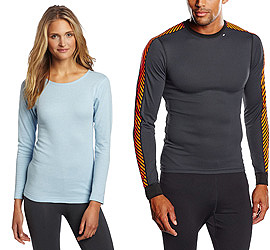
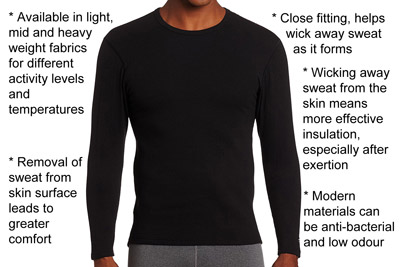
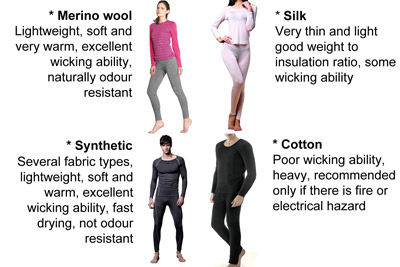
 Men's
- Icebreaker Oasis Long Sleeve Crewe Base Layer
Men's
- Icebreaker Oasis Long Sleeve Crewe Base Layer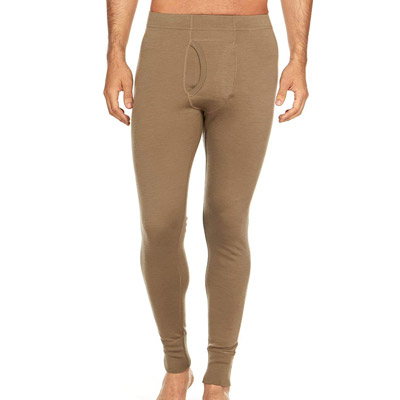 Men's
- Minus 33 Kancamagusl Midweight Base Layer Bottoms
Men's
- Minus 33 Kancamagusl Midweight Base Layer Bottoms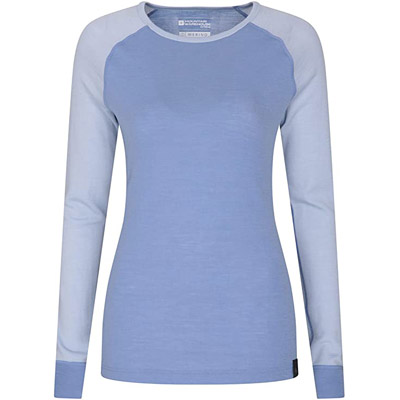 Women's
- Mountain Warehouse Merino Top - Lightweight
Women's
- Mountain Warehouse Merino Top - Lightweight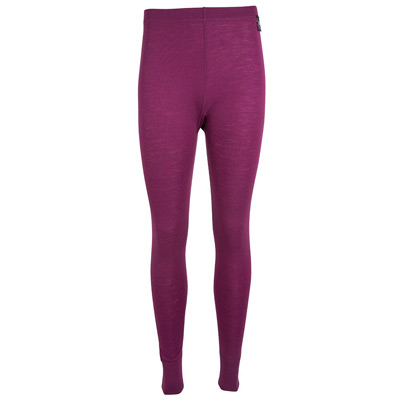 Women's
- Mountain Warehouse Merino long underwear bottoms -
Lightweight
Women's
- Mountain Warehouse Merino long underwear bottoms -
Lightweight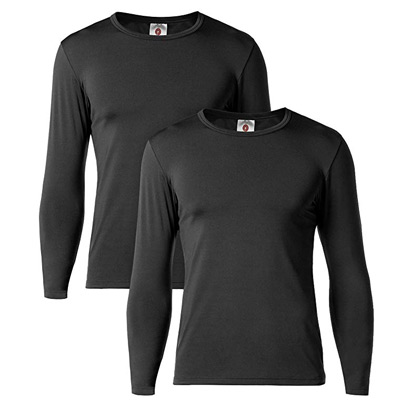 Men's
- LAPASA 2 Pack & 1 Pack Thermal Tops Lightweight,
Fleece
Men's
- LAPASA 2 Pack & 1 Pack Thermal Tops Lightweight,
Fleece Heatwave Pack of 2 Men's Thermal Long Johns, Baselayer.
Men's
Heatwave Pack of 2 Men's Thermal Long Johns, Baselayer.
Men's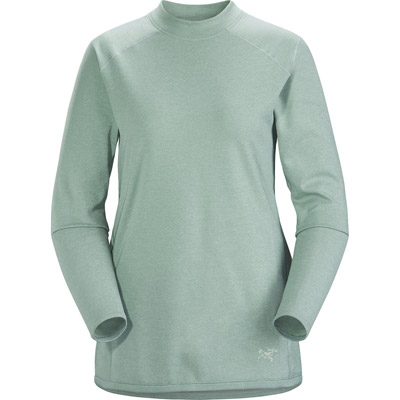 Women's
- Arc'teryx Motus, Crew Neck Thermal Shirt
Women's
- Arc'teryx Motus, Crew Neck Thermal Shirt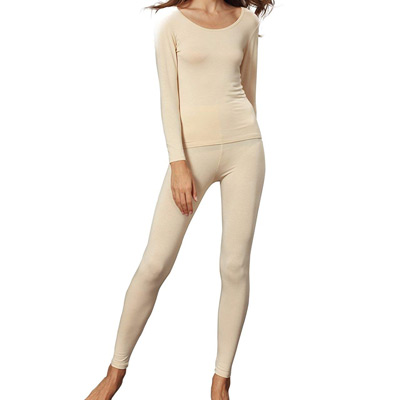 Women's
- Scoop Neck Top & Bottom Ultra Thin Thermal Set
Women's
- Scoop Neck Top & Bottom Ultra Thin Thermal Set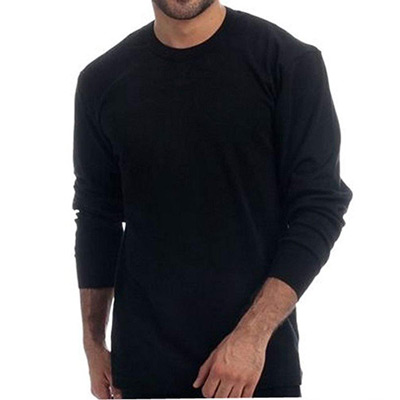 Men's
- 100% Brushed Pure Cotton Winter Long Sleeve Top
Men's
- 100% Brushed Pure Cotton Winter Long Sleeve Top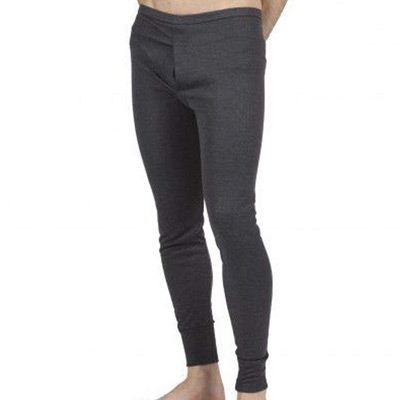 Men's
- 100% Ultra Pure Cotton Long Johns Soft Underwear
Men's
- 100% Ultra Pure Cotton Long Johns Soft Underwear
 Women's
- 100% Cotton Ultra Comfort Sleeveless Vest
Women's
- 100% Cotton Ultra Comfort Sleeveless Vest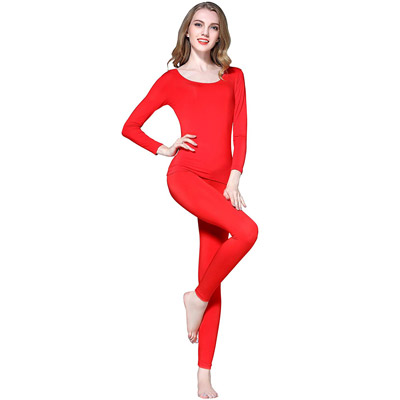 Women's
- Vinconie Thermal Underwear Set Top & Leggings
Women's
- Vinconie Thermal Underwear Set Top & Leggings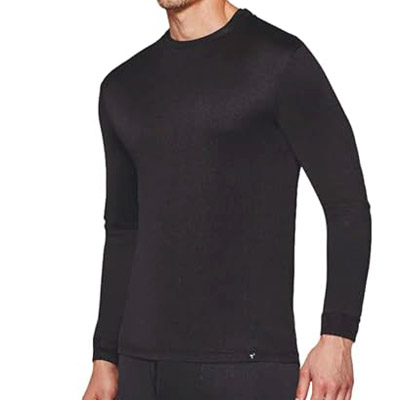 Men's
- Paradise Silk Pure Silk Knit Turtleneck Comfy Top
Men's
- Paradise Silk Pure Silk Knit Turtleneck Comfy Top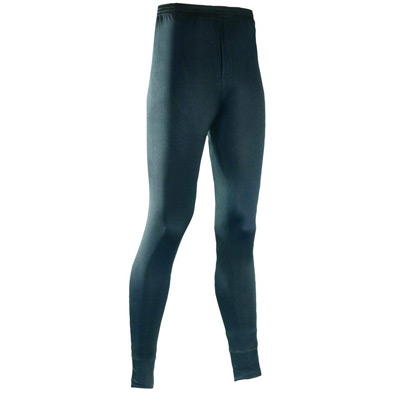 Men's
- Terramar Thermasilk Filament Pant
Men's
- Terramar Thermasilk Filament Pant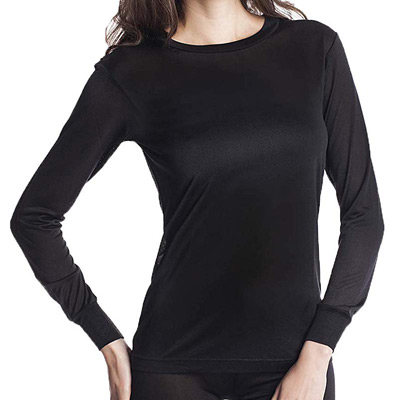 Women's
- JASMINE SILK Round Neck Top Vest Black
Women's
- JASMINE SILK Round Neck Top Vest Black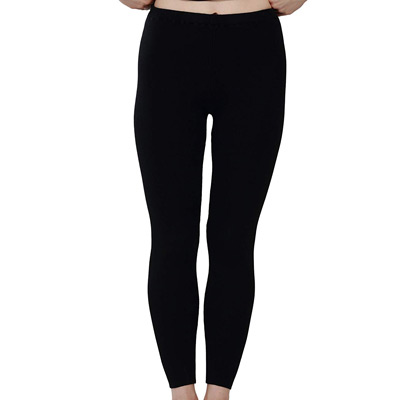 Women's
- Paradise Silk Cashmere Ribbed Knit Pants
Women's
- Paradise Silk Cashmere Ribbed Knit Pants